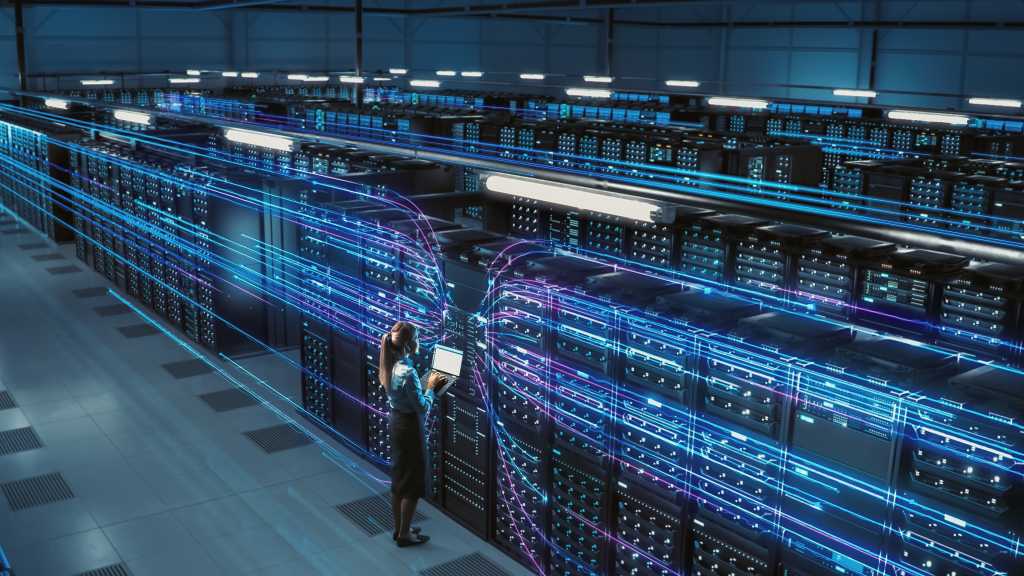
SportsVisio has raised $3.2 million to put the power of advanced AI into the hands of every athlete, coach, and fan.
The company has raised $9 million to date, and the round includes continued support from existing investors Sapphire Sport, Hyperplane and Sovereign’s Capital, and welcomes Mighty Capital, Sony Innovation Fund, Alumni Ventures, Waterstone Impact Fund and new strategic angels.
The addition of Sony Innovation Fund is of particular importance. With their deep expertise at the intersection of content, entertainment, and emerging technology, Sony Innovation Fund brings a unique perspective that aligns with SportsVisio’s vision to reimagine how sports are captured, analyzed, and shared.
“At Sony Innovation Fund, we invest in technologies with the potential to reshape industries — and SportsVisio is a perfect example of that,” said Austin Noronha, managing director at Sony Ventures in the U.S., in a statement. “Their AI-driven platform delivers professional-grade tools to youth and amateur athletes, transforming how sports moments are captured and shared. We’re excited to back a team that’s expanding access to high-quality sports content and empowering the next generation of athletes.”
“At Mighty Capital, we invest in products that people love — and SportsVisio is a perfect example. They’ve combined cutting-edge AI with an intuitive user experience to create a product that athletes, coaches, and leagues rely on. Their rapid adoption and deep engagement are clear signals of long-term value, and we’re thrilled to partner with them as they transform how sports are experienced and shared,” said Jennifer Vancini, general partner at Mighty Capital, in a statement.
This funding will power sales and marketing growth initiatives, as SportsVisio scales its offerings across basketball and volleyball and new sports like baseball for amateur, youth and professional sports organizations around the world.
“We’re thrilled to have the continued backing of Sapphire Sport and Hyperplane, and to bring on these new partners,” said Jason Syversen, SportsVisio CEO, in a statement. “This funding and strategic guidance will help us to expand on our mission to provide smarter, AI-driven solutions that help teams and players win—on and off the court.”
The announcement follows three major product milestones recently achieved: the launch of SportsVisio’s Coach Mode, designed to deliver deeper insights into player performance, team trends, and game flow for the coaching audience; the release of its fully featured volleyball platform, now providing AI-powered stats and automated highlights to one of the fastest-growing sports globally; and the addition of a 3×3 product to enable the fast growing and fast paced format. These innovations reinforce SportsVisio’s commitment to building sport-specific tools that empower coaches and players with actionable data and access to video.
SportsVisio is used by more than 150 leagues, clubs, and teams and 16,000 users throughout 16 countries, empowering coaches, athletes, and teams to elevate their game through data-driven decision-making and video highlights and content.






















